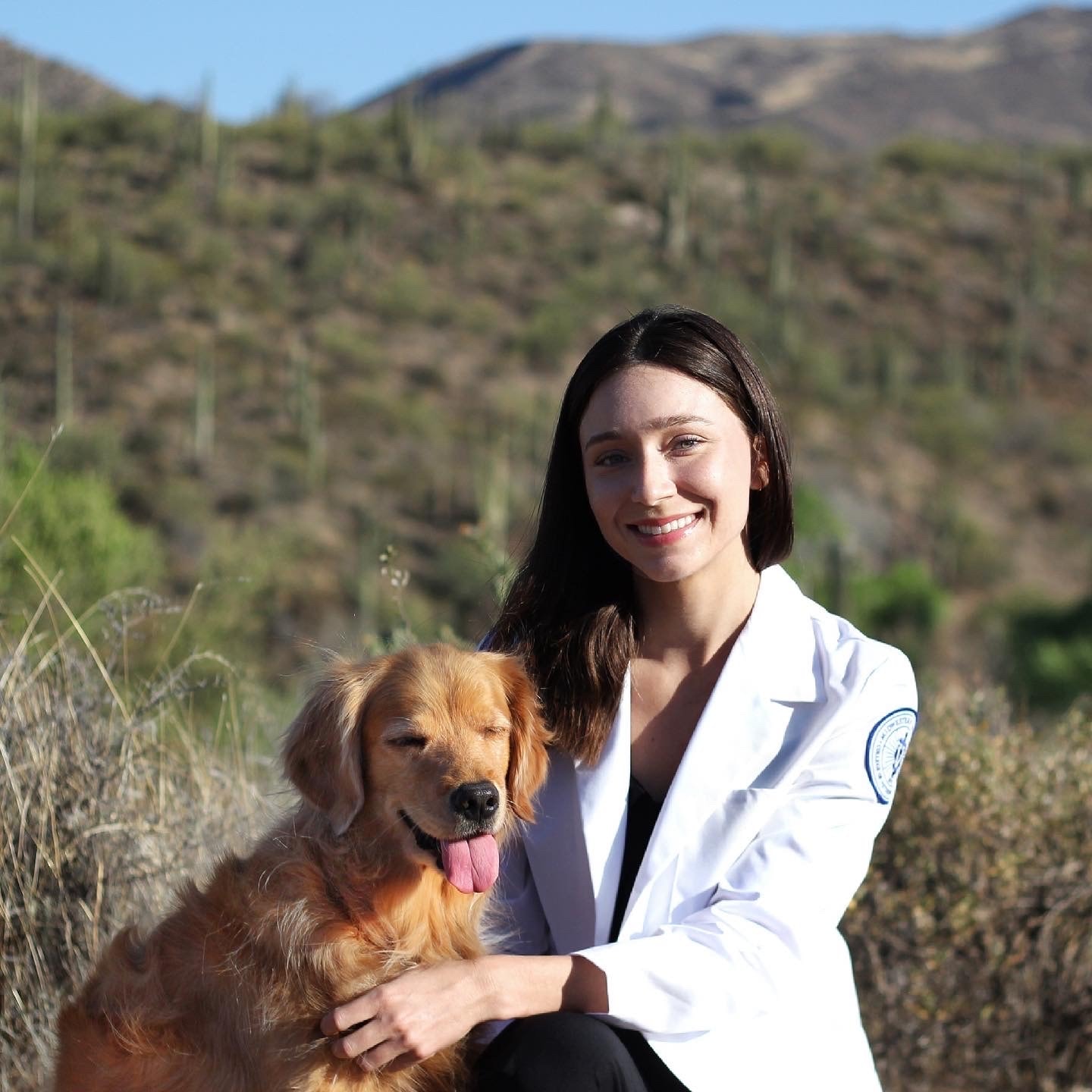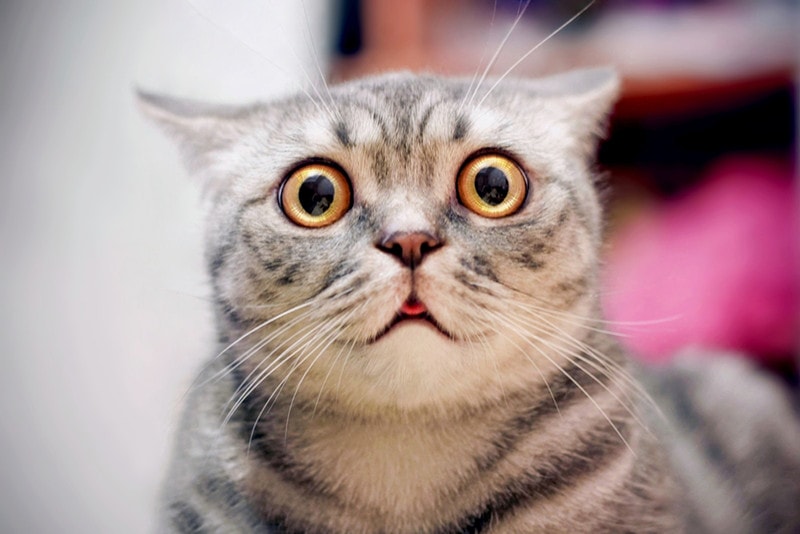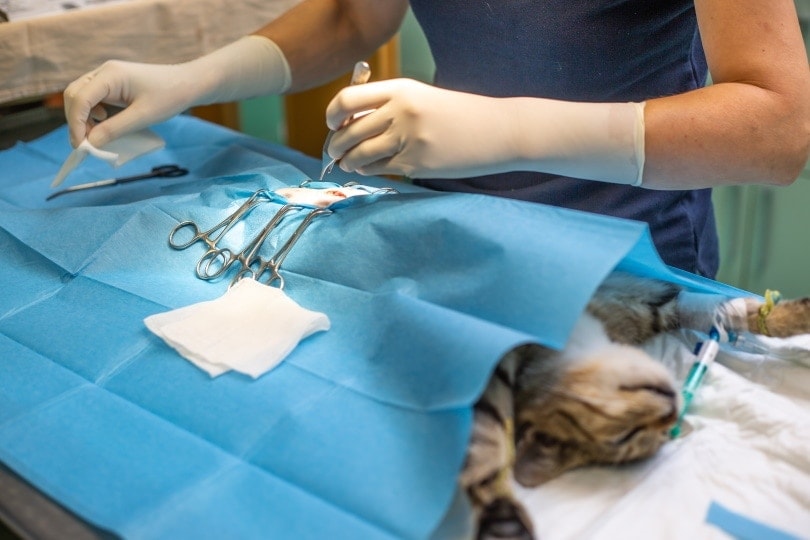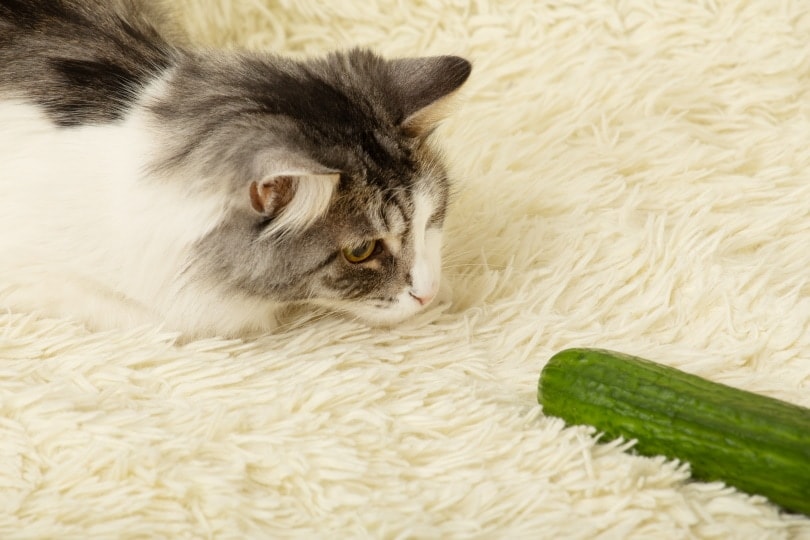Can Cats Eat Jalapeños? Nutritional Facts & Safety Guide

Updated on
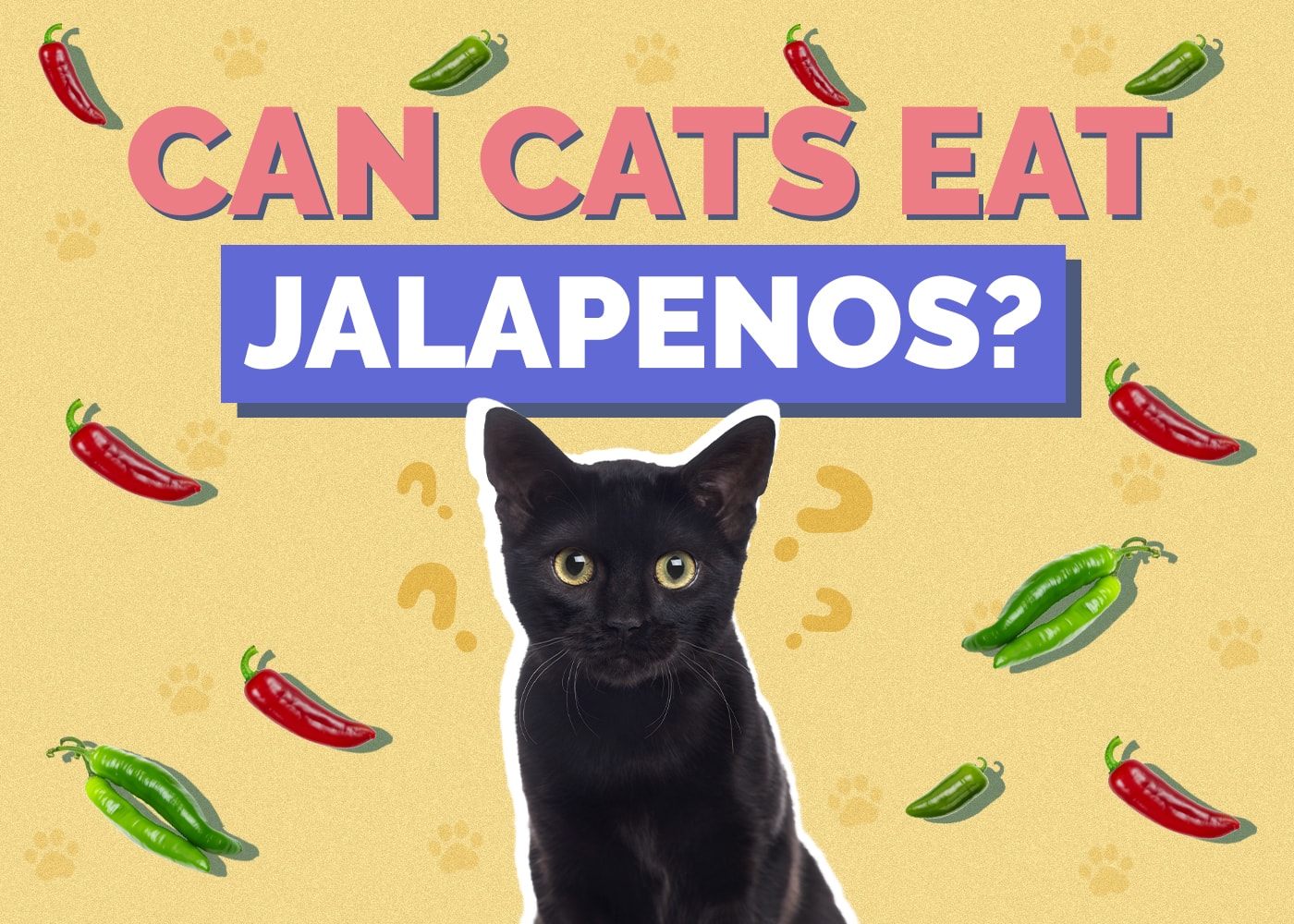
Jalapeños are medium-sized, spicy peppers that are used as ingredients in many dishes. Humans who enjoy spicy food usually use these peppers to add heat to foods like chili and salsa. Jalapeños can also be sliced and eaten raw, used as a garnish, or pickled.
Since cats love investigating our food, you may have wondered if you can give them a taste of something made with jalapeños. Maybe your kitty got into the trash and ate last night’s jalapeño-filled dinner scraps. Are jalapeños safe for cats?
While jalapeños are not toxic to cats, they are not good for them either. Let’s find out why cats shouldn’t be encouraged to eat these peppers.
Can Cats Taste Jalapeños?
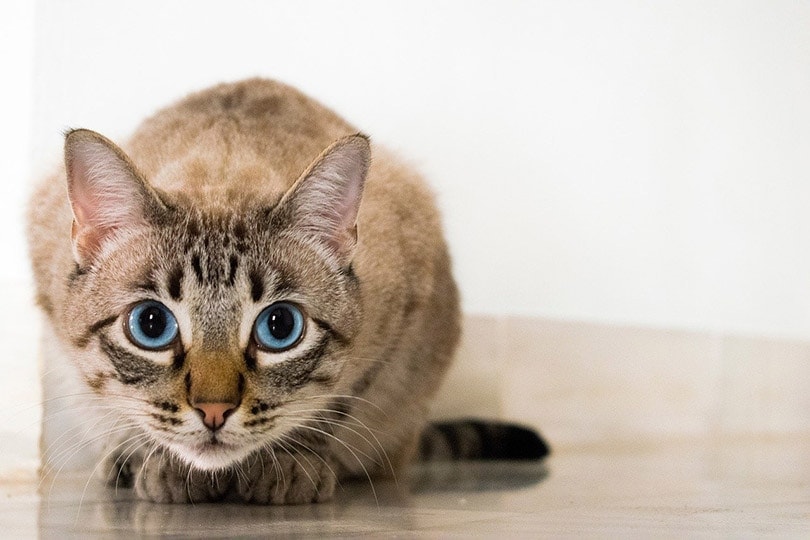
Cats don’t have taste receptors in their mouths to taste spicy food the way that humans can. This can be dangerous because cats may eat jalapeños not realizing how spicy they are. Cats are obligate carnivores and have a limited natural diet. They eat meat from the prey that they’ve hunted.
In captivity, cats eat the food that we provide them. This is usually commercial cat food bought from a store. Cats can distinguish between different flavors, and they know what they like and don’t like. However, they can’t sense too many flavor differences when it comes to spice.
If cats don’t show interest in eating a jalapeño, it’s likely because the smell of it is enough to turn them off. If they do eat it, the pepper itself isn’t going to hurt them. It’s the capsaicin in the pepper that can cause harm.
Cats and Capsaicin
Capsaicin is the chemical in peppers that makes them hot. It’s also used as an animal and insect repellent.
The scent of capsaicin should be enough to keep cats away from it. If they do eat a jalapeño and therefore, consume capsaicin, it’s not an emergency. However, there are a few signs to watch out for to know if it’s making your cat sick.
Cats have a sensitive digestive tract, and capsaicin can cause problems with it. While cats are eating it, it can irritate and burn the mouth and esophagus. Be on the lookout for:
- Pawing at the mouth
- Drooling
- Nausea
- Vomiting
- Diarrhea
- Runny nose
- Wheezing or difficulty breathing
These side effects are rare and depend on how much of the jalapeño your cat ate, if it was cooked or raw, and if they ate the seeds.
Treatment for Capsaicin Ingestion
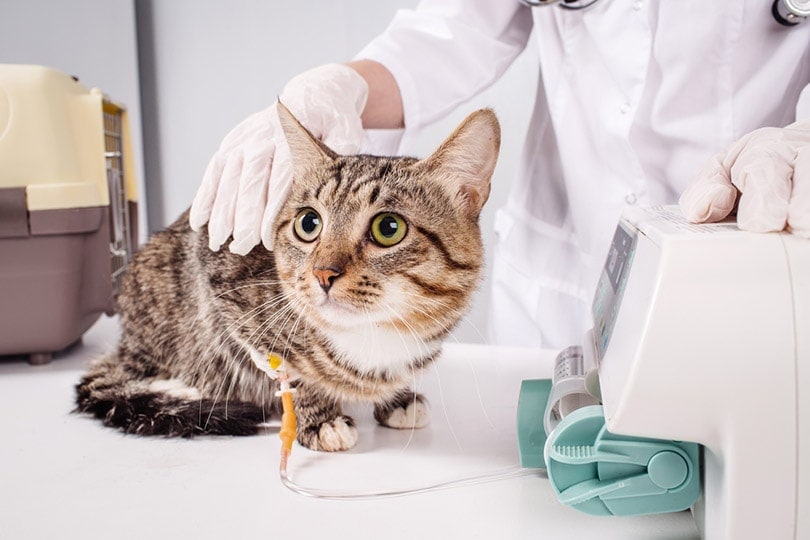
Usually, when a cat eats a small bit of jalapeño, there will be no effects. If your cat isn’t showing signs of being sick, it will be fine. However, if you notice any symptoms of illness in your cat after they eat jalapeños, get them to the vet right away. If cats eat large amounts of jalapeños, the illness caused by capsaicin could be dangerous.
If the cat is vomiting or has diarrhea, the vet will administer medications to alleviate these symptoms. Cats experiencing dehydration from continued vomiting and diarrhea will receive IV or subcutaneous fluids to rehydrate them. Cats can make a full recovery after getting sick from capsaicin. But it’s important to get them to the vet as soon as possible once you see that they require treatment.
Other Foods to Avoid
If your cat has eaten a dish that includes jalapeños, they may have also eaten other ingredients that could be toxic to them. Since jalapeños are often used in chilis, soups, and sauces, other common ingredients in these foods can have negative consequences for your kitty.
- Onions, whether raw, cooked, dehydrated, powdered, or dried, can break down a cat’s red blood cells and cause anemia.
- Milk and dairy products, like cheese, should be avoided because most cats are lactose-intolerant. Too much dairy can cause diarrhea and an upset stomach.
- Salt is used liberally in many dishes. Too much of it can cause evaluated sodium in cats which can be life-threatening.
- Garlic is five times as toxic as onions to cats. It’s in the same family as onions, which also includes chives and leeks.
Now that you know what you can safely feed your cat, it’s just as important to find a bowl that supports their health and well-being. With whisker-friendly bowls and a wide tray to catch any spills, our Hepper NomNom Cat Bowl is our favorite option.
Final Thoughts
A little bit of jalapeño probably won’t hurt your cat, but if they eat a large amount, they could get sick. Capsaicin can cause digestive upset, vomiting, diarrhea, and mouth irritation in cats.
Cats rarely will eat jalapeños because their scent is not attractive to them. However, it can occur if your cat finds food that is made with jalapeños. Dishes that include jalapeños often include other things that are not safe for cats to eat. Be sure that all jalapeños and any dishes made with them are not in your cat’s reach.
If your cat has eaten a jalapeño, watch for signs of illness and be ready to take them to the vet right away if symptoms develop. Your vet can provide effective treatment and stop these symptoms.
See also:
Featured Image Credit: RamsayMedia, Pixabay
